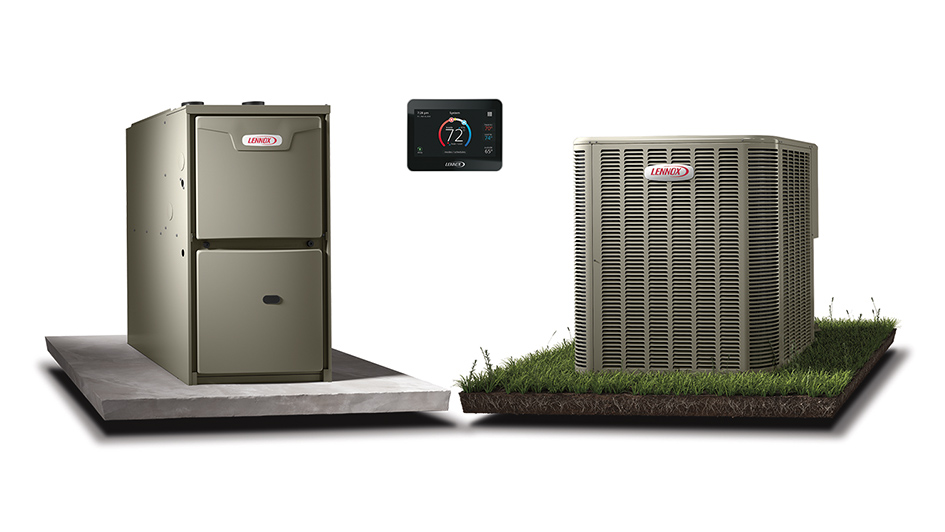
The thought of running both a furnace and heat pump may seem a bit unusual at first. After all, why do you need two heaters? Although furnaces and heat pumps both deliver energy-efficient heat, the differences in their design genuinely make employing both of them a reasonable option. It’s not for everybody, but in the right conditions you could truly benefit from using a furnace and a heat pump.
You should think about several factors in order to confirm if this sort of setup helps you. Your local climate and the size of your home are both highly important, particularly for the heat pump. This is because numerous models of heat pumps begin to function less effectively in colder weather and larger homes. Even so, you can still benefit from heat pump installation in Weatherford.
Heat Pumps Might Be Less Reliable in Colder Weather
Heat pumps are generally less efficient in cold weather because of how they create climate control to begin with. Compared to furnaces, which burn fuel to provide heat, a heat pump reverses its flow of refrigerant to extract heat from outdoor air. This heat is then pulled inside and circulated throughout your home. As long as there is still a little heat energy in the air, a heat pump can function. But the cooler the temperature, the less effective this process is.
The less heat energy is usable outside, the more effort is required for a heat pump to pull heat indoors to reach your desired temperature. It may depend on the specific make and model, but heat pumps can start to drop in efficiency at temperatures of 40 degrees and under. They should still be an energy-efficient option until 20-25 degrees, at which point a gas furnace will be more effective.
What Temperatures Do Heat Pumps Run Best In?
Heat pumps function best in temperate climates 40 degrees and up. That said, you don’t have to sacrifice the benefits of a heat pump just because your local climate is cold. In fact, that’s why using both a furnace and heat pump may be worth the cost. You can favor the heat pump for energy-efficient heat until the weather is cold enough to justify shifting to something like a gas furnace.
Certain makes and models feature greater efficiency in winter weather. For example, the Lennox MLA heat pump is capable of running at 100% capacity at 0°F. It can even continue running in temperatures as cold as -22°F. For maximum energy efficiency, you’ll likely still want to switch to the furnace in severely cold weather.
So Should I Put in a Heat Pump if I Own a Gas Furnace?
If you’re thinking about maintaining the most energy-efficient HVAC system possible, owning a heat pump and gas furnace at the same time deserves the investment. Not only is a dual-heating system adaptable, but it offers other benefits such as:
- Dependable backup heating – A redundant heating system means even if one stops working, you still have the capability to heat your home. It may not be the most energy efficient, but it’s better than having an unheated home while you sit around for repairs.
- Lower energy costs – The ability to choose which heating system you use according to the highest energy efficiency lowers your total costs. Smaller heating bills over the life span of these heaters can really add up to a lot of savings.
- Less strain on both systems – Compared to running one system all winter long, heating responsibilities are separated between the furnace and heat pump. Crucial components may last longer given that they’re not under constant use.
If you’re still not sure about heat pump installation in Weatherford, don’t hesitate to contact your local professional technicians. They can evaluate your home’s comfort needs and help you figure out if a dual-heating HVAC system is the best option.
